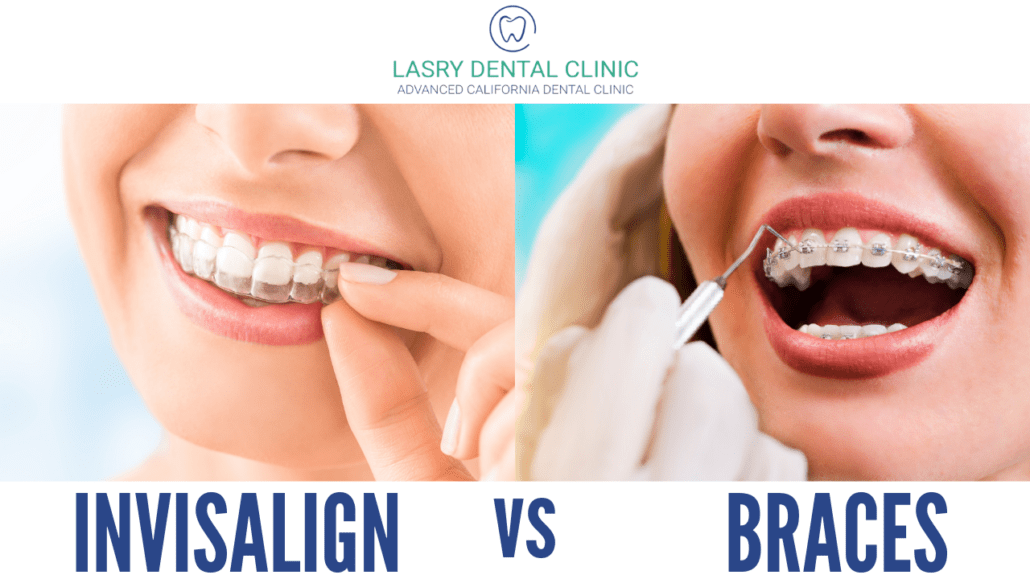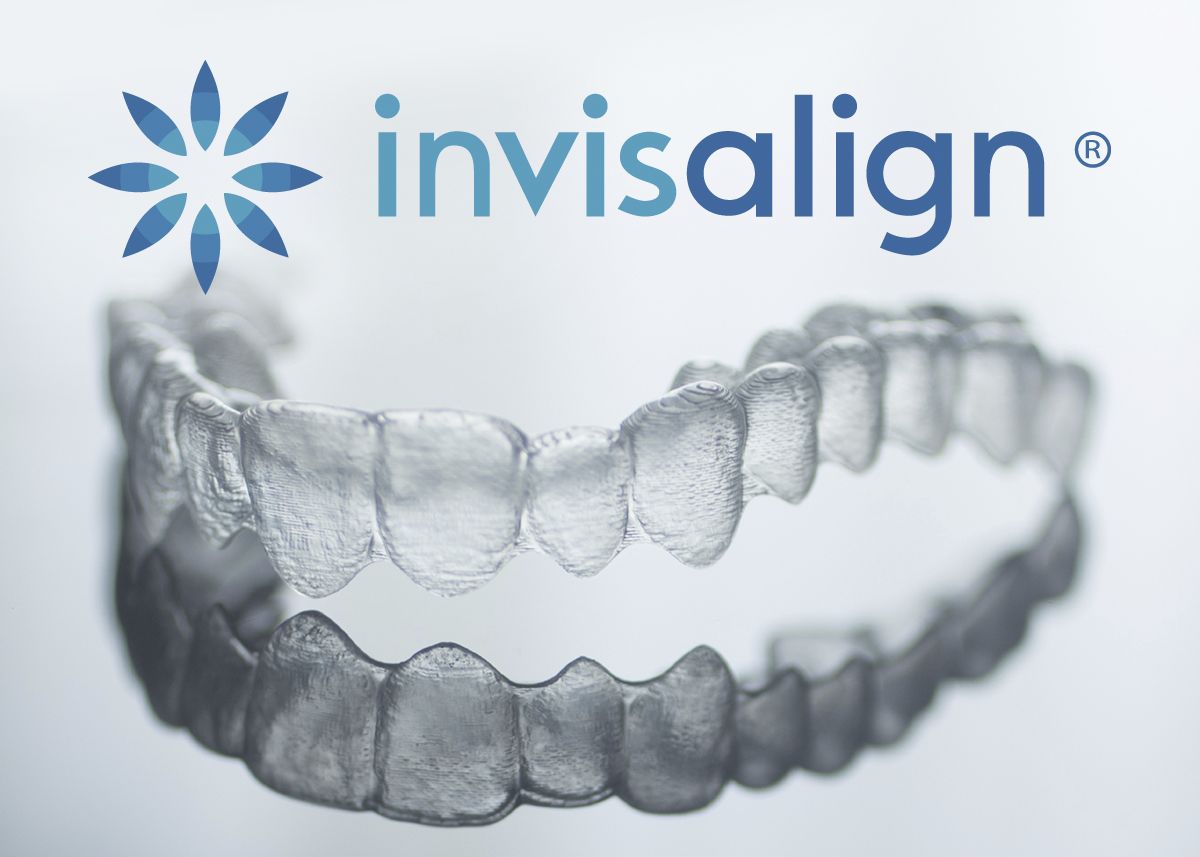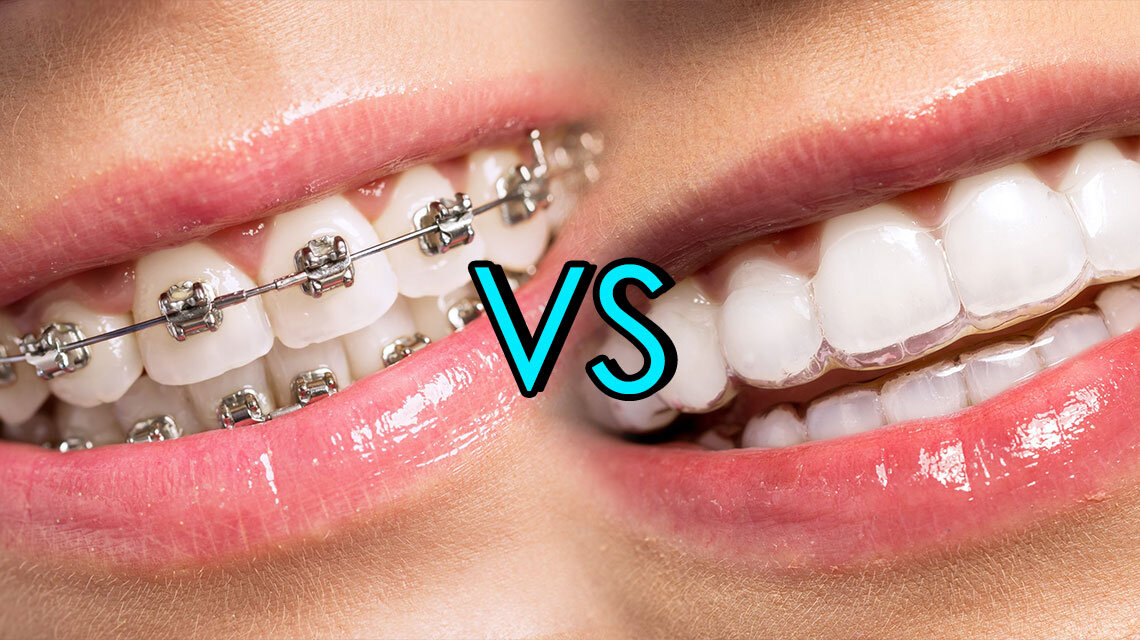Success Stories: How Invisalign Changed Lives and Improved Confidence
Success Stories: How Invisalign Changed Lives and Improved Confidence
Blog Article
Invisalign vs. Typical Braces: Which Choice Is Right for You?
When considering orthodontic treatment, the choice between Invisalign and typical dental braces offers numerous vital variables that warrant mindful assessment. Invisalign uses a discreet alternative with removable aligners, while standard braces provide a much more visible yet reliable service for serious misalignment.
Review of Treatment Choices

On the other hand, typical braces are composed of steel brackets and cables that are adhered to the teeth. This method uses constant stress over time to achieve placement. While effective for complicated orthodontic concerns, conventional braces call for normal sees for adjustments and can present challenges in preserving dental health due to the problem of cleaning up about brackets and cables.
Both choices have their advantages, and the option often depends upon particular oral problems, way of living choices, and patient conformity. Inevitably, speaking with an orthodontic specialist is crucial for figuring out one of the most suitable treatment strategy customized to specific demands. Understanding the nuances of each choice can dramatically influence the overall success of orthodontic therapy.
Visual Factors To Consider
A considerable variable affecting the selection in between Invisalign and conventional dental braces is the visual appeal each treatment provides. Invisalign aligners are crafted from clear plastic, making them essentially unnoticeable when used. This discreet look is especially interesting grownups and teens who may feel uncomfortable regarding their orthodontic therapy. The capability to keep an all-natural smile throughout the positioning procedure can dramatically boost the patient's self-confidence in social and specialist setups.
On the other hand, typical braces contain metal braces and wires, which can be more obvious. While developments in orthodontic technology have led to the growth of smaller brackets and colored elastics, standard braces still maintain a more noticeable account. For some individuals, the exposure of braces may hinder them from seeking needed therapy.
Inevitably, the choice in between Invisalign and traditional braces might depend upon personal choices regarding appearances. Patients that focus on discretion typically favor Invisalign, while those who are less worried concerning exposure might go with standard dental braces. Comprehending the visual ramifications of each option is essential for making an informed choice that aligns with one's way of living and choices.
Convenience and Convenience

In terms of benefit, Invisalign aligners are removable, allowing clients to enjoy their favorite foods without limitation and preserve ideal dental hygiene. Cleaning and flossing are streamlined, as the aligners can be obtained during these routines, whereas see this website standard braces need mindful navigating around brackets and cables.
In addition, Invisalign's dynamic system enables less orthodontic sees. Patients typically receive several collections of aligners at the same time, which can simplify the therapy procedure and decrease time invested in the orthodontist's chair. In comparison, standard braces require normal changes, making them much less hassle-free for those with busy routines. Invisalign. On the whole, the comfort and ease of Invisalign make it an appealing option for lots of people looking for orthodontic therapy.
Treatment Period and Efficiency
While both Invisalign and conventional dental braces are reliable in fixing oral imbalances, the duration of Visit Website therapy can differ dramatically between the 2 options. Generally, Invisalign treatment can take anywhere from 12 to 18 months, depending on the intricacy of the case. The clear aligners function by progressively shifting teeth into their wanted settings, and routine follow-ups with an orthodontist help ensure progression stays on course.
In contrast, conventional dental braces commonly need a longer dedication, normally ranging from 18 months to three years. This is because of their set nature and making use of cables and brackets, which can be extra efficient for intricate instances and severe imbalances (Invisalign). The treatment performance of conventional braces is well-documented, as they enable precise adjustments and better control over tooth movement
Ultimately, the selection between Invisalign and traditional dental braces might pivot on both the awaited therapy duration and the certain dental concerns handy. Consulting with an orthodontist is crucial, as they can provide customized recommendations based on private requirements, guaranteeing the chosen approach aligns with preferred durations and results.
Expense Comparison and Insurance Coverage Choices
Cost plays a considerable role in the decision-making process for people taking into consideration orthodontic therapy, whether selecting Invisalign or conventional braces. Typically, the expense of Invisalign ranges from $3,000 to $8,000, while standard braces typically set you back in between $2,000 and $6,000. Elements affecting these expenses consist of the complexity of the instance, the duration of therapy, and geographical location.
Insurance policy protection can considerably influence out-of-pocket expenses. Several more info here dental insurance policy plans provide partial protection for orthodontic treatments, yet the specifics can vary commonly. It is crucial for individuals to evaluate their insurance coverage to figure out the degree of insurance coverage for either choice. Generally, standard dental braces may be a lot more frequently covered by insurance policy plans contrasted to Invisalign, which some insurance providers classify as a cosmetic treatment.
Furthermore, several orthodontic techniques supply adaptable payment plans, making both therapy alternatives much more easily accessible. Individuals ought to ask about potential funding options and discount rates for upfront payments. Evaluating the overall price, including insurance advantages and settlement plans, is important for making a notified choice that aligns with both visual preferences and spending plan considerations.

Conclusion
In recap, the option in between Invisalign and conventional braces pivots on several variables, including aesthetic preferences, convenience, therapy duration, and expense. Invisalign provides a discreet, removable alternative that facilitates oral health and dietary flexibility, while typical dental braces might be preferable for complex oral problems and typically come at a reduced price point. Inevitably, appointment with an orthodontist is necessary to examine private circumstances and determine one of the most proper therapy option for attaining ideal dental placement.
When thinking about orthodontic treatment, the selection between Invisalign and traditional dental braces provides several vital aspects that merit cautious evaluation.Comparing Invisalign and standard braces reveals distinctive treatment alternatives for orthodontic adjustment.While both Invisalign and traditional dental braces are effective in dealing with dental imbalances, the duration of therapy can vary dramatically in between the 2 choices.Price plays a considerable duty in the decision-making procedure for individuals considering orthodontic therapy, whether choosing for Invisalign or conventional braces.In recap, the option between Invisalign and conventional braces hinges on numerous elements, consisting of visual preferences, comfort, therapy period, and cost.
Report this page